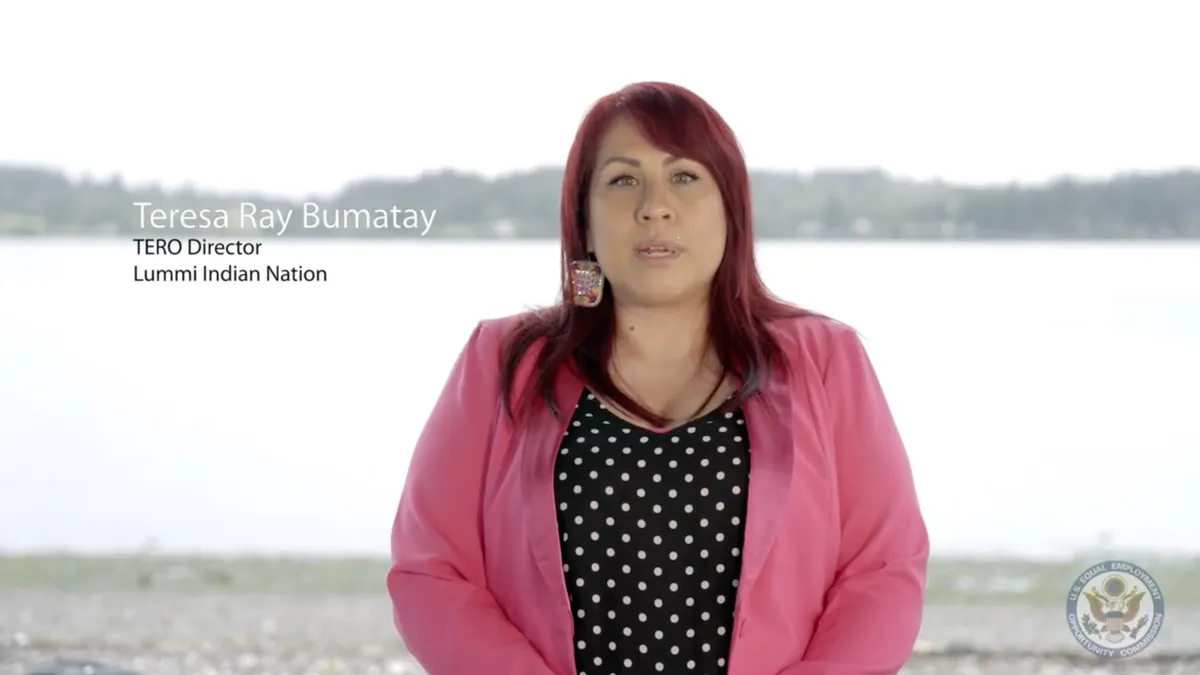Corporate boards play a vital role in influencing a company's bottom line but also a company's culture of diversity, equity and inclusion, sources say.
The lack of racial and gender diversity on many corporate boards was brought to the forefront amid calls for racial justice following the killing of George Floyd in May. Organizations evaluated diversity and inclusion practices at the urging of employees and the general public, and some took action. For example, BoardProspects' Russell 3000 Board Diversity 2020 update found that in the five months after Floyd's death, approximately 130 Black individuals were appointed as board members within the index, which tracks the performance of the 3,000 largest U.S.-traded stocks, compared to 38 individuals appointed five months prior.
Diversity and inclusion are central to Deloitte's values and reflected in a diverse board of directors, Deloitte US Executive Chair of the Board Janet Foutty told HR Dive. "You get better answers and perspectives by having a diverse and inclusive board," Foutty said. "A variety of voices and perspectives around the table, I believe, leads to much better outcomes for the organization."
However, inclusion is often left out of the conversation as there is still a strong sense in the market that diversity is a proxy for inclusion, Foutty said.
"Diversity is having a variety of voices and people in the conversation and inclusion is an environment where all those voices really can be heard," Foutty said. "We could have very diverse boards but still not get to better answers and better outcomes for organizations and our society unless we create a really inclusive boardroom and inclusive governance."
One of Foutty's early actions after becoming chair in 2019 was to commission a team to assess the board's ability to effectively govern inclusion. A Board Inclusion Framework was created to analyze where Deloitte's board stood in its inclusion governance journey, inspired by the findings of a 2019 Wharton study on board culture commissioned by Deloitte, and in collaboration with Deloitte Consulting's diversity, equity and inclusion practice. The firm is now sharing the framework as a resource for other organizations to assess board inclusion governance and improve practices.
Business strategy and accountability
By using the framework, Deloitte learned how to better align the board's role in overseeing management's intent, focus and accountability in diversity, equity and inclusion, Foutty said. Another lesson involved the culture of the boardroom — inviting board members to set expectations for one another and keep each other accountable, she said. "It's really had a nice influence on both our alignment, our actual work, culture and expectation of setting the tone from the top," Foutty said.
The framework is defined by the key areas of strategy, governance, talent, integrity and performance. Recommended practices include embedding into the business strategy a common vision of what inclusion means; demonstrating inclusive governing practices and inclusive leadership traits; holding management accountable for developing talent that demonstrate inclusive behaviors; putting inclusion values into practice; and holding the entire organization accountable for high performance in inclusion.
Accountability is an important part of the framework, Foutty said. "The sort of 'A for effort' in the inclusion discussions, historically, clearly has not had the outcomes that any of us would want or expect," she said. The framework prompts a move to "A for outcomes," and "accountability is really what supports that," she added.
Questions intended to facilitate initial boardroom discussions include, "How effectively do the board's norms and practices within the boardroom organically promote inclusive behaviors and outcomes?" And, "Does the board have an intentional process for considering diversity and inclusion throughout succession planning for both directors and the CEO?" In regard to succession planning, Deloitte also published a framework on signature traits of inclusive leadership. "We use that as part of our nominating committee process, and certainly encourage our clients to do the same," Foutty said.
The "governance maturity spectrum" of the inclusion framework defines five stages of maturity in a board's inclusion governance journey: compliant, emergent, embracing, integrated and inclusive. The upper right-hand corner of the spectrum is an arrow to indicate that there is no endpoint to inclusion governance maturity. "There's no perfect ending," Foutty said. It is an ongoing conversation that should be continued to be emphasized in the boardroom "as our organizations mature, our boards mature, and the nature in which we think about our people, our clients and our suppliers matures," she said.
The board inclusion framework process is conducted annually, but it can also be used as a reference in between assessment periods, Foutty said. The leader also offers advice for a board member who wants to bring up the topic of inclusion in their board, but is somewhat apprehensive of the reaction of other members.
"The one thing I would advise that board member to do is test some of their ideas outside the boardroom in a side conversation," and build a coalition by having these conversations, Foutty said. The increased discussions on racial justice, the ongoing conversation around gender equality and the "very desperate nature of the COVID-19 pandemic in our population" has created a lot more space for these conversations, she said. A second piece of advice is to be confident that boardroom conversations on diversity and inclusion "[are] in a very different place than it was just a few short years ago," Foutty said.























